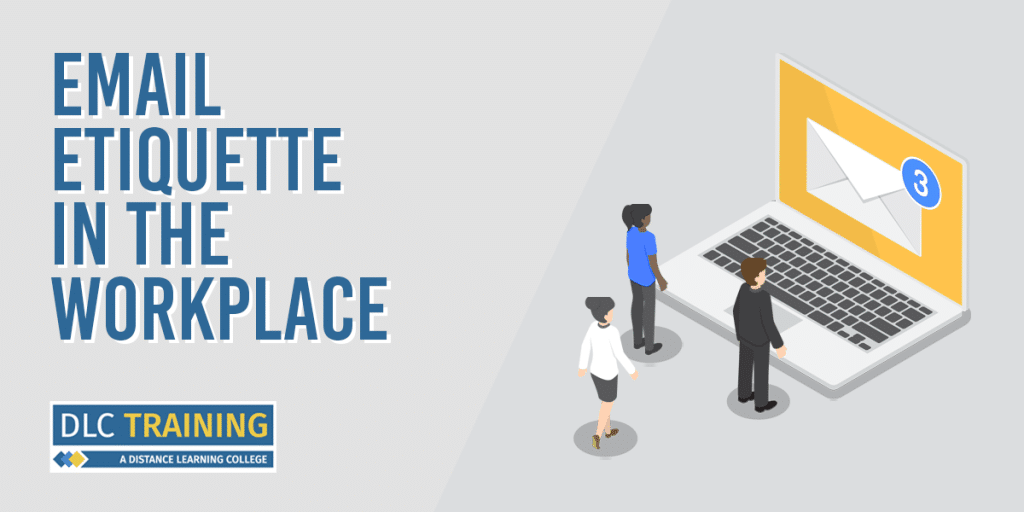Whether you’re emailing a colleague, a client, your online tutor or your manager, the rules for emailing can seem a bit confusing. We’ve broken down some of the top tips on keeping each element of your email professional and on leaning further into your digital literacy to understand your individual circumstances when it comes to communicating.

The Fundamentals of Email Etiquette
It’s important to note our advice is for a more general, corporate-style professional workplace. Some of these tips can and should be adapted to the workplace you’re in or the client you’re emailing. Where there is a more relaxed approach company-wide, it’s safer to do so yourself.
Subject Line
Whatever your email is regarding, the subject line should be short, to the point and relevant. Avoid jokes, over-capitalising words (unless absolutely necessary) and make it interesting enough to attract the attention of the recipient without disturbing them.
Recipient Address
‘Hi’ or ‘dear’? Typically we would suggest opting for ‘dear’ if you don’t know the person you are emailing too well. This gives off the impression of professionalism and formality which is good for a first impression in the workplace.
Proofreading
It might seem simple but we’ve all fallen victim to it. Make sure to re-read your email before you click send! Proof it for any autocorrect issues, or mistypes, check the spelling of names and ensure everything is how you want it to be beforehand.
Formatting
While email is a longer form of communication compared to Slack messaging or Zoom calls, it’s still important to remember it needs to be readable. This means making the text as scannable as possible, meaning you’re more likely to get a response quicker as your email is easier to read during busy periods. Use short sentences, space out your paragraphs, use bullet points and embolden any important points where applicable.
Tone of Emails
Make sure you fit the tone of your email appropriately to the situation. For example, if you’re emailing a client this should be professional, have an element of professionalism and appear friendly. Whereas, emailing a colleague on your team means you have a bit more of a rapport to introduce sarcasm and jokes – just be wary that your tone may not always be taken as intended over written communication.
Should emojis be used in work emails?
The big question, often debated on LinkedIn, is if emojis should be used in work emails. While in corporate companies this is typically frowned upon, many businesses have adopted a more lax culture over recent years. If the situation seems like it warrants an emoji and you’re certain it won’t be misinterpreted – then go for it. When used properly, they can be a great way to add more personality to emails in a remote communication environment.
How To Get Email Etiquette Right
The biggest piece of advice we can offer when it comes to adapting your email to the recipient is to do just that. If you’re provided with a space and culture that encourages emojis and positively responds to smiley faces then feel free to lean into it. Wherever you’re unsure, the best bet is to play it safe. Stay polite, keep your own tone and remain professional and you can’t go wrong.
For more tips and tricks on how to remain professional while working remotely, the team at DLC Training have you covered.